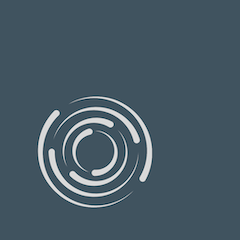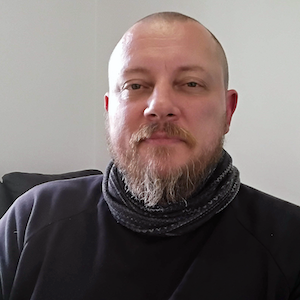
Ever think about how much of what we do as healers is more about what we don’t do? Sometimes, it’s in the subtle pauses, the empty spaces, where the real magic happens. What if the art of doing less is actually the key to unlocking profound change in the body?
In this conversation with David White we immerse ourselves into the world of Nei Jing acupuncture. With decades of experience and a passion for classical Chinese texts, David has honed a unique approach to acupuncture, one that’s rooted in precision, intention, and an unshakeable respect for the unseen forces at play in the body.
Listen into this discussion as we explore acupuncture as a tool of communication, the hidden power of empty spaces, the art of needling with precise intention, and why sometimes the most effective treatments are the simplest. Along with how the Nei Jing can guide us, both practically and philosophically.
Realization not innovation: first cultivate what has been in order to nourish and manifest what is yet to come.

David White, L.Ac
I was 14 when I was drawn into the world of classical Chinese medicine, having already been infatuated with martial arts and philosophy. By age 17, after finishing high school, I immediately enrolled in the four year program at the Sydney Institute of Traditional Chinese Medicine, followed by a stint in the P.R.C at the Anhui University of TCM, and its associated hospital.
Later I engaged in masters and PhD research back in Australia, became a senior lecturer in acupuncture at SITCM, all while operating a full time clinic. In 2004 I was fortunate enough to be invited to study under the renowned Dr. David Tai here in Sydney, spending many years in his clinic and working through various nuances of the Neijing.
In 2012 I founded the Institute of Neijing Research (INR) in order to teach and engage with the medicine and culture of the Neijing, with a distinct focus on clarifying its clinical principles.